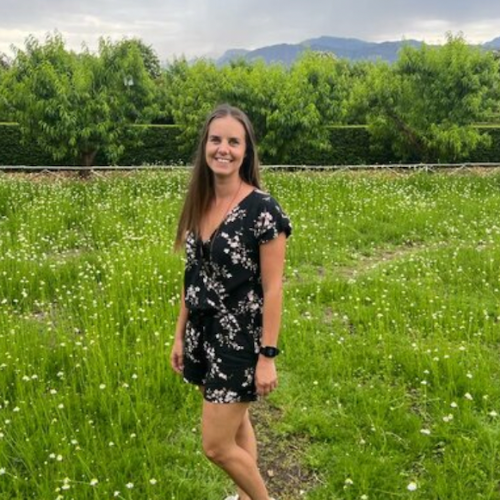17. Visiting Kruger National Park - one of the essential things to do in South Africa
Get spine-tinglingly close to lions and other big game at Southern Africa’s ultimate wildlife destination. The Kruger National Park has an extraordinarily rich and diverse animal life, which together with its tremendous size makes it one of the world’s great game reserves.
Some 147 mammal species have been recorded (the second-highest tally for any African national park), including lion, leopard, cheetah, wild dog, spotted hyena, elephant, black and white rhino, hippo, zebra, giraffe, warthog, buffalo and 21 antelope species.
The bird checklist of 517 species is particularly strong on raptors, along with several other large birds now rare outside of protected areas, such as ground hornbill, saddle-billed stork and kori bustard.
Most of Kruger’s game is spread fairly evenly throughout the park, but the frequency of sightings will obviously be determined by topography and vegetation. Game densities are generally highest in the south and hippo, elephant, crocodile, buffalo and small herds of giraffe are often spotted around rivers and watering holes near camps such as Skukuza, Pretoriuskop, Lower Sabie and Crocodile Bridge.
Kruger National Park is one of the best known national parks in South Africa and always worth a visit. Start and end your tailor-made Kruger adventure in Johannesburg, the perfect stop, then take a domestic flight towards George or Cape Town for the rest of your trip.
Where to stay near in Kruger National Park:
- Best for the game drives: Kapama River Lodge. Part of the Greater National Kruger Park, Kapama River Lodge is situated in the expansive Kapama Game Reserve. Enjoy a luxurious stay in modern accommodations, while surrounded by the African bush and wildlife at the bend of the seasonal Kapama River.
- Best for river view: Kruger Gate Hotel. Located at the Paul Kruger Gate to the Kruger National Park, Kruger Gate Hotel is situated on the banks of the Sabie River. The property features a restaurant, free private parking, an outdoor swimming pool and a bar.
Find more accommodation options to stay in Kruger National Park






























